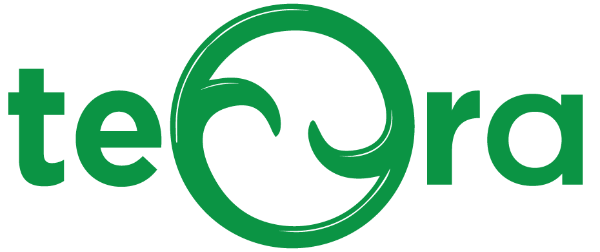Photobiomodulation (PBM) describes the use of red or near-infrared light to stimulate, heal, regenerate, and protecttissue that has either been injured, is degenerating, or else is at risk of dying.1One of the most reproducible effects of PBM is an overall reduction in inflammation, which is particularly important for disorders of the joints, traumatic injuries, lung disorders, and in the brain.2Clinical studies in patients suffering from the long term effects of traumatic brain injuryhave reported improvements in executive function, working memory, and sleep.3
There are several known ways that laser light affects cells. The primary light sensors in cells (chromophores) are cytochrome c oxidase in mitochondria (energy producing structures) and calcium ion channels (possibly mediated by light absorption by opsins). Secondary effects of photon absorption include increases in ATP (energy molecule), a brief burst of reactive oxygen species, an increase in nitric oxide, and modulation of calcium levels. Tertiary effects include activation of a wide range of transcription factors leading to improved cell survival, increased proliferation and migration, and new protein synthesis.
Photodynamic therapy (PDT) was discovered more than 100 years ago, and has since become a well-studied therapy for cancer and various non-malignant diseases including infections. PDT uses photosensitizers (PSs, non-toxic dyes) that are activated by absorption of visible light to initially form the excited singlet state, followed by transition to the long-lived excited triplet state. This triplet state can undergo photochemical reactions in the presence of oxygen to form reactive oxygen species (including singlet oxygen) that can destroy cancer cells, pathogenic microbes and unwanted tissue.4PDT has been shown to be potentially helpful in treating certain types of cancers, especially those that are close to the surface.5
We have a class IV infrared laser (1-15W at 810 and 980nm wavelengths, and with variable frequency modulation) which can be used for some of these indications. We also have a laser helmet with 250 laser diodes and may be of benefit for traumatic brain injury and some neuro-degenerative conditions.
1. Hamblin MR. Shining light on the head: Photobiomodulation for brain disorders. BBA clinical 2016;6:113-124.
2. Hamblin MR. Mechanisms and applications of the anti-inflammatory effects of photobiomodulation. AIMS biophysics 2017;4(3):337-361.
3. Hamblin MR. Photobiomodulation for traumatic brain injury and stroke. Journal of neuroscience research 2018;96(4):731-743.
4. Abrahamse H, Hamblin MR. New photosensitizers for photodynamic therapy. The Biochemical journal 2016;473(4):347-364.
5. dos Santos AF, de Almeida DRQ, Terra LF, Baptista MS, Labriola L. Photodynamic therapy in cancer treatment – an update review. Journal of Cancer Metastasis and Treatment 2019;5:25.
